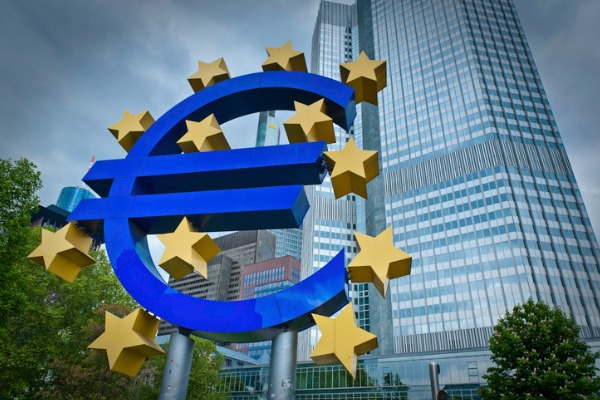The cheapest ways to invest in European stock recovery
They’ve had a bad rap in recent years but investing in continental stocks is popular again.
13th April 2021 15:11
by Tom Bailey from interactive investor
They’ve had a bad rap in recent years but investing in continental stocks is popular again.

With the global economic recovery underway, European stocks hit a new high last week, as measured by the STOXX Europe 600 index.
On 6 April, the index breached its previous all-time high of 433.90 points. This previous high was reached in February 2020, just before pandemic fears struck. The new high represented an increase of over 60% from its March 2020 low.
European stocks took a beating during the pandemic due to the dominance of so-called cyclical businesses. These are companies whose fortunes are closely tied to that of the economy.
As a result, European stocks have taken longer to recover from the Covid sell-off compared to the American market. The US indices are much more tech heavy and therefore were more immune from last year’s large decline in economic output. However, with the global economy expected to see a strong recovery this year, European stocks are returning to form.
- Month in the markets: value rally in US and Europe continues
- Buy before this bank share bounces
- Check out our award-winning stocks and shares ISA
The STOXX Europe 600 index is seen a key benchmark of the performance of European shares, representing the 600 largest stocks by market cap across 17 European countries.
The cheapest way to track this index is with the Lyxor Core STOXX Europe 600(DR) ETF Acc GBP (LSE:MEUD), with an ongoing charge of just 0.07%. There is also the Invesco STOXX Europe 600 ETF GBP (LSE:S600), with an ongoing charge of 0.19% and Xtrackers Stoxx Europe 600 ETF 1C GBP (LSE:XSX6) for 0.2%.
However, while the STOXX Europe 600 is closely followed as a benchmark for the general performance of European stocks, it is more popular to gain exposure to Europe through several other indices, such as the EURSTOXX 50 index. Partly, this is because it has no UK exposure.
This index is composed of the 50 largest stocks in the eurozone area only. As a result, unlike the STOXX Europe 600 index, it has no exposure to the UK or Switzerland. This index has also recovered from its pre-pandemic lows but remains significantly below previous all-time highs. For example, the index is still down by 12% compared to its pre-2008 financial crisis high and 25% down from its all-time high reached in 2001.
However, for those looking to take a risk on this index, there are many low-cost options. The cheapest are HSBC EURO STOXX 50 ETF GBP (LSE:H50E) and Invesco EURO STOXX 50 ETF GBP (LSE:SX5S), both charging just 0.05%.
For investors wanting European exposure there are several other options, among them the popular MSCI Europe index. The cheapest way to track this index is with the HSBC MSCI Europe ETF GBP (LSE:HMEU), which includes around 450 equities.
However, this index also includes non-eurozone countries, including the UK which is its biggest weighting, accounting for more than 20% of the index, similar to the STOXX Europe 600 index. Investors with already significant UK exposure should keep this in mind.
- Revealed: the ETFs charging active manager fees
- Tom Bailey Column: Help! I believe in passive but buy active funds
- Your chance to win £1,000: take part in the Great British Retirement Survey
For those who want European stock exposure without the UK, a solution would be the MSCI Europe ex-UK index, which holds roughly 350 stocks. This can be tracked via the iShares MSCI Europe ex-UK ETF (LSE:IEUX), which has an ongoing charge of 0.4%.
Another option is the FTSE Developed Europe ex UK Index. This also includes large and mid-cap exposure, with around 450 holdings. This index can be tracked using the Vanguard FTSE Developed Europe ex UK UCITS ETF (LSE:VERX), which has a very reasonable ongoing charge of just 0.10%.
These articles are provided for information purposes only. Occasionally, an opinion about whether to buy or sell a specific investment may be provided by third parties. The content is not intended to be a personal recommendation to buy or sell any financial instrument or product, or to adopt any investment strategy as it is not provided based on an assessment of your investing knowledge and experience, your financial situation or your investment objectives. The value of your investments, and the income derived from them, may go down as well as up. You may not get back all the money that you invest. The investments referred to in this article may not be suitable for all investors, and if in doubt, an investor should seek advice from a qualified investment adviser.
Full performance can be found on the company or index summary page on the interactive investor website. Simply click on the company's or index name highlighted in the article.